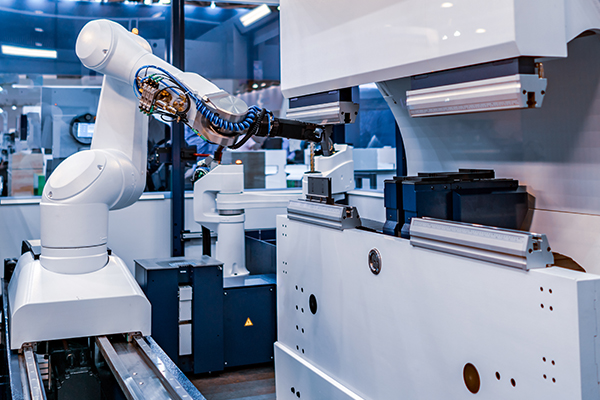A digital pressure switch is a device used to monitor fluid or gas pressure. Its core function is to convert the sensed physical pressure value into an electrical signal, which triggers a change in the switch state (on/off) according to a preset pressure threshold. Unlike traditional mechanical switches, the digital version relies on the digital processing of the sensor signal by the internal circuit. This processing method enables it to provide more accurate switch point settings and control logic.
Its typical structure includes a pressure sensing element, a signal conversion unit, and a configurable switch output circuit. The core advantage lies in the adjustability of the set point and the stability of the output signal. Users can set the specific pressure value range that triggers the switch action according to actual needs.
The output signal is usually a discrete level change (such as high and low levels, open and closed circuits), which is convenient for direct access to control systems or indicating devices. Its design focuses on achieving reliable switch function state switching in a specific industrial environment in response to changes in the pressure of the measured medium. It is widely used in industrial automation and process control to monitor and protect pressure.


